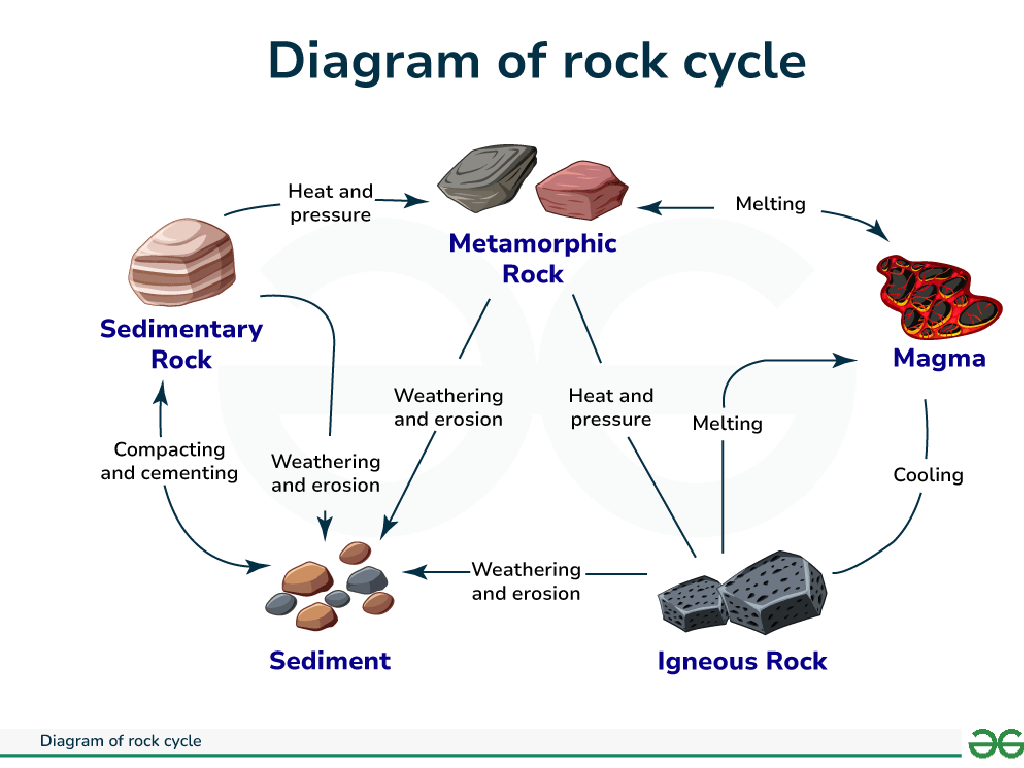Find The Order
Subject: Math
Grade: Fourth grade
Topic: Ordering And Comparing
Please LOG IN to download the presentation. Access is available to registered users only.
View More Content
Welcome to Ordering Numbers!
– Learn to find number order
– Arranging numbers is key
– Numbers can be ordered from smallest to largest or largest to smallest
– Use in math and daily life
– Like organizing books by height or tracking race positions
– Master ordering numbers today
|
This slide introduces the concept of ordering numbers, an essential skill in mathematics that is also applicable in various everyday situations. Emphasize the importance of understanding numerical order, whether it’s for solving math problems, organizing items, or interpreting data. By the end of the lesson, students should feel confident in their ability to sequence any set of numbers. Encourage participation by asking students to think of situations where they have to order things in their lives. This will help them connect the concept to real-world scenarios and understand its relevance.
Understanding ‘Find the Order’ in Math
– ‘Find the order’ explained
– Arranging numbers from smallest to largest or vice versa
– Ascending vs. descending order
– Ascending is smallest to largest, descending is largest to smallest
– Comparing to lining up by height
– Just like shortest to tallest in a line
– Organizing books by size
– Like arranging books from shortest to tallest on a shelf
|
This slide introduces the concept of ordering numbers, which is a fundamental skill in mathematics. ‘Finding the order’ helps students understand how to organize and compare numbers. It’s important to use relatable examples, such as lining up by height or organizing books, to illustrate the concept of ascending and descending order. Encourage students to think of other everyday situations where things are arranged in order. In the next class, practice with actual numbers will solidify their understanding of this concept.
Understanding Ascending Order
– Ascending order: low to high
– Numbers are arranged from smallest to largest value.
– Example: 3, 14, 21, 52
– 3 is less than 14, 14 is less than 21, and so on.
– Like climbing a ladder
– Visualize going from the bottom step (lowest number) to the top step (highest number).
|
This slide introduces the concept of ascending order, which is a fundamental part of understanding numerical order and comparison. Use the ladder analogy to help students visualize the concept, as it relates to going from a lower step (a smaller number) to a higher step (a larger number). Provide the example of 3, 14, 21, 52 to show a clear sequence from the lowest to the highest number. Encourage students to think of other examples and to practice ordering numbers in ascending order. This will prepare them for activities involving number lines and greater-than or less-than comparisons.
Understanding Descending Order
– Descending order: high to low
– Numbers are arranged from the largest to the smallest.
– Example: 78, 56, 43, 19
– 78 is greater than 56, which is greater than 43, which is greater than 19.
– Like sliding down a slide
– Starting at the highest number and ‘sliding’ down to the lowest.
|
This slide introduces the concept of descending order to fourth-grade students, helping them understand that numbers can be arranged from highest to lowest. Use the example provided to illustrate this concept clearly. The analogy of going down a slide helps students visualize the sequence as a fun and relatable activity. Encourage students to think of descending order as starting at the top of a number slide and going down to the smallest number. Ask them to practice with other number sets to reinforce the concept. Provide additional examples if needed and ensure that students can identify and arrange numbers in descending order independently.
Let’s Practice Ordering Numbers!
– Understand ascending order
– Arrange: 25, 8, 17, 3
– Which number is the smallest?
– Find the correct order
– The order from smallest to largest is 3, 8, 17, 25
– Celebrate our success!
– Well done for arranging the numbers correctly!
|
This slide is an interactive class activity designed to help students practice arranging numbers in ascending order. Start by explaining what ascending order means going from the smallest to the largest number. Present the set of numbers to the class and work together to identify the smallest number, then the next smallest, and so on, until all numbers are in order. Once the correct order (3, 8, 17, 25) is achieved, praise the students for their effort. Encourage them to explain their thought process. This activity not only reinforces their understanding of numerical order but also builds their confidence in problem-solving. For those who finish early or need an extra challenge, provide additional sets of numbers to arrange.
Tricky Numbers: Ordering with Same First Digits
– Ordering numbers with same first digit
– Example: 31, 35, 303
– Which is smallest? Look closely!
– Find the smallest number
– 303 is smaller than 31 and 35
– Check the next digit
– If first digits match, compare the next
|
This slide addresses the common challenge students face when ordering numbers that share the same first digit. It’s crucial to guide them to understand that they need to compare the next digit to determine the order. The example provided uses numbers that may initially confuse students. Emphasize the importance of looking at the second digit when the first digits are the same. In the example, although 303 might seem larger, when we compare the second digit, we see that it is actually the smallest. Encourage students to practice with similar examples and reinforce the concept that the position of a digit in a number determines its value.
Your Turn to Find the Order
– Arrange numbers in ascending order
– Arrange numbers in descending order
– Write numbers on your worksheet
– Use the space provided to list the numbers
– Set given: 42, 27, 16, 39
– Remember, ascending goes from smallest to largest; descending goes from largest to smallest
|
This slide is an interactive activity for students to practice ordering numbers. Provide clear instructions on how to arrange the given set of numbers in both ascending and descending order. Ascending order means starting with the smallest number and going to the largest, while descending order is the opposite. Encourage students to think carefully about the size of each number. For ascending order, the sequence is 16, 27, 39, 42, and for descending order, it is 42, 39, 27, 16. Offer guidance as needed and ensure that each student has a chance to complete the task on their worksheet. After the activity, discuss as a class and correct any misunderstandings.
Class Activity: Number Ordering Race
– Pair up for the ordering race
– Arrange numbers in ascending order
– From smallest to largest, like 2, 5, 9
– Arrange numbers in descending order
– From largest to smallest, like 9, 5, 2
– Aim to be the Number Order Champions!
|
This activity is designed to make learning about number order engaging and interactive. Students will work in pairs, which encourages teamwork and communication. Provide each pair with a set of number cards. Explain that arranging them in ascending order means starting with the smallest number and ending with the largest, while descending order is the opposite. Monitor the pairs as they work, offering guidance as needed. Prepare small rewards for the winners to celebrate their achievement. Possible variations of the activity could include using larger numbers, negative numbers, or fractions to cater to different skill levels within the class.
Conclusion: Mastering Number Order
– Celebrating our learning journey
– Ascending order: climbing up
– Numbers increase like steps on a ladder: 1, 2, 3, 4…
– Descending order: sliding down
– Numbers decrease like a slide: 10, 9, 8, 7…
– Practice ordering numbers
– Try arranging numbers in order with family or during playtime
|
Today’s class focused on understanding how to arrange numbers in both ascending and descending order. Ascending order means arranging numbers from smallest to largest, like climbing a ladder step by step. Descending order is the opposite, arranging numbers from largest to smallest, like going down a slide. Encourage students to continue practicing these concepts at home, perhaps by playing games that involve putting things in order or by helping with tasks that involve sorting. Reinforce the idea that practice will help solidify their understanding and make them more confident in their math skills.






